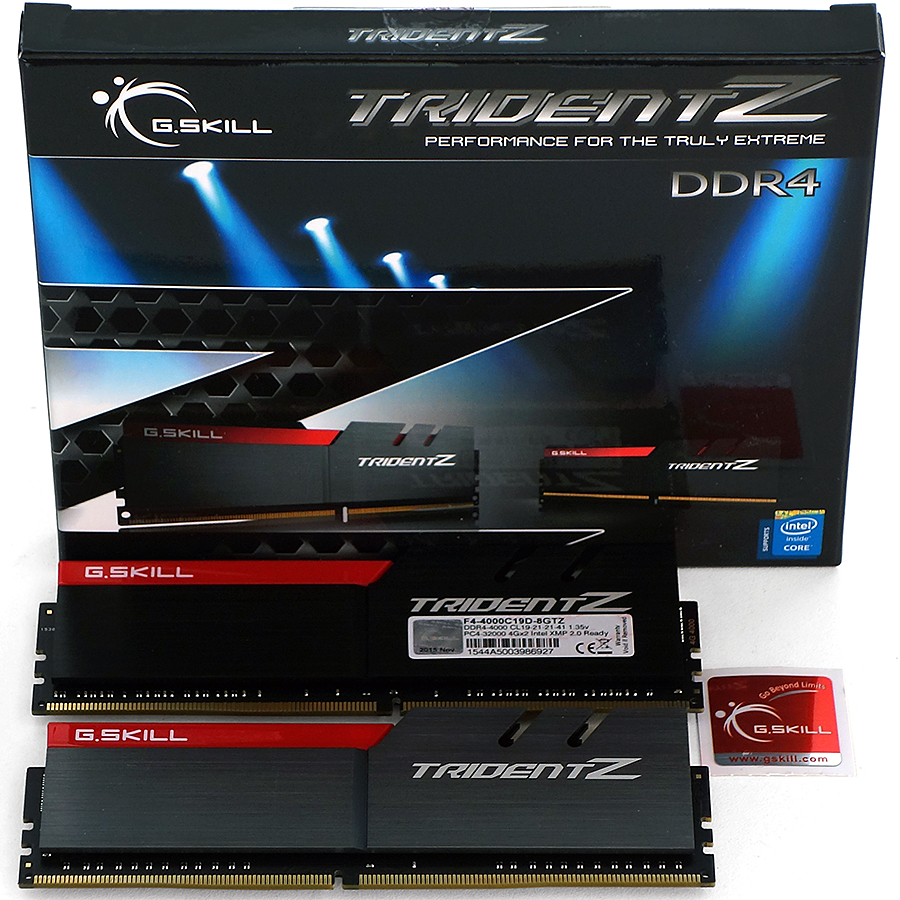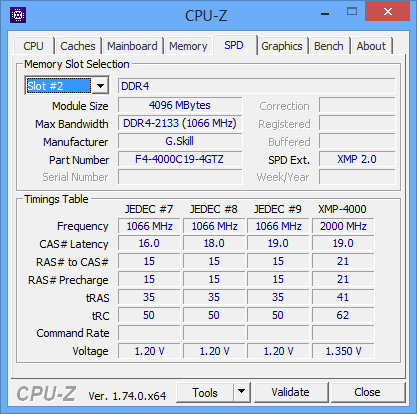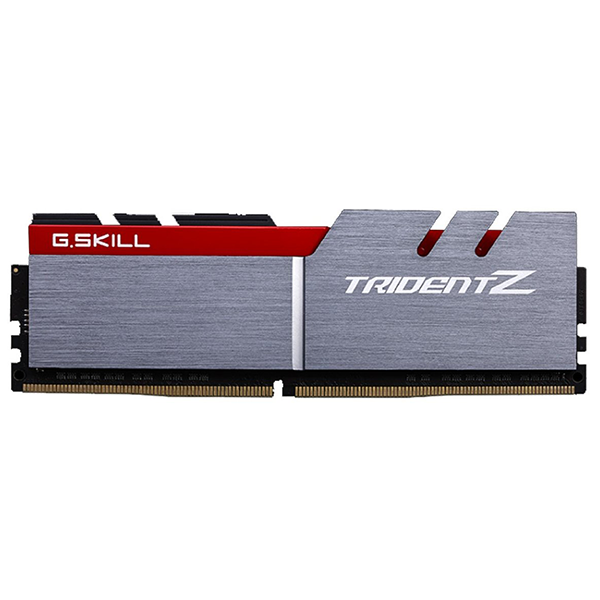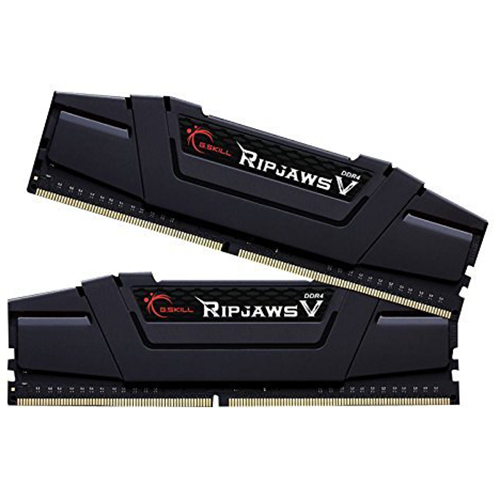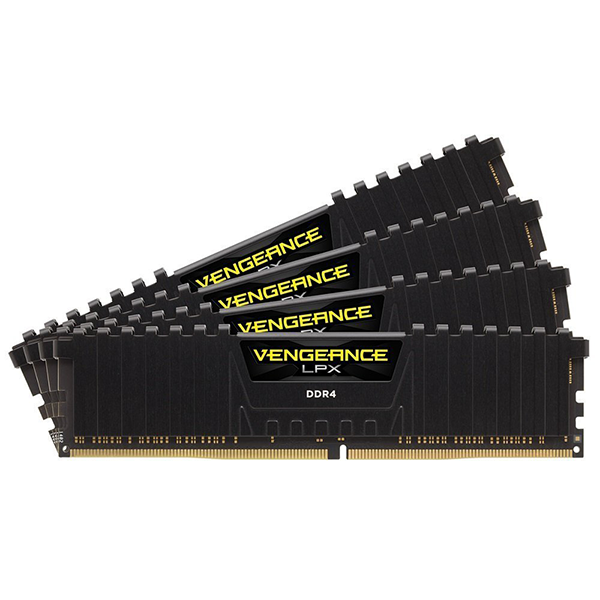Early Verdict
G.Skill's Trident Z F4-4000C19D-8GTZ is a great toy for overclockers, but any measure of practicality would cause us to look for a lower-priced 16 GB kit instead.
Pros
- +
The first DDR4-4000 kit tested
Cons
- -
Little capacity at 8 GB • High price
Why you can trust Tom's Hardware
Introduction
Skylake overclocks better...but is that really important? We've been seeing 4.6 GHz CPU overclocks (on air) for over a year, and the fact that it's now easier to find a CPU that supports this clock doesn't seem all that important. After all, even our "dud" processors have been able to support 4.20 GHz at 100 percent load continuously, and the vast majority of Haswells went to at least 4.40 GHz without requiring a pile of voltage and the associated increase in cooling capacity.
On the other side of overclocking, RAM leaves more room for differentiation. You won't even find a DDR3-3600 kit, let alone the 4000 MT/s of the Trident Z DDR4 modules being tested today. Many readers have argued that data rates beyond DDR4-2400 are pointless, since there really aren't any programs out there yet that can take advantage of the extra bandwidth. But Haswell-E guys have been arguing since last year that the extra bandwidth of quad-channel really is important. Those boards are pushing around 48GB/s at DDR4-2400. Wouldn't it at least be fun if we could get 80 percent of that bandwidth using just half the number of memory channels?
G.Skill's Trident Z DDR4-4000 is the subject of today's review, and as you can see it includes just two 4GB modules. That does put it in the "just for fun" category by my standards, but only because I use my PC for work. Gamers will probably find its 8GB capacity adequate, and many component manufacturers are trying to draw a strong parallel between gaming and overclocking markets.
As indicated by the name, G.Skill's F4-4000C19D-8GTZ comes with an XMP-4000 program at CAS 19; it is a "dual channel" pair totaling 8GB and a member of the company's Trident Z family. Digging deeper, we find a relatively relaxed tRCD of 21 cycles and 41 cycles tRAS.
This is usually the point where most DDR3 users throw up their hands and say "Too much latency makes DDR4 pointless," but doing so misses the little fact that the impact of latency is dependent on cycle time. Historically speaking, DDR-400 CAS 2 was awesome, DDR2-800 CAS 4 was par excellence, and DDR3-1600 CAS 8 was great. If we flip the frequency to reveal cycle time and multiply that cycle time by cycles of latency, we find that all of these result in the same latency time as DDR4-4000 CAS 20. Memory constantly gets faster, it just never seems to get quicker.
Here's how G.Skill's Trident Z DDR4-4000 looks compared to some of the previous DDR4 memory kits we've tested:
DDR4 Rated Specification Comparison
You'll notice that the previous kits used four modules, and that's because most of them were designed for Haswell-E (X99) platforms. The one stand-out, G.Skills own DDR4-3600 kit, was specified for overclocking evaluations of Skylake (Z170) motherboards.
Get Tom's Hardware's best news and in-depth reviews, straight to your inbox.
Each containing 4GB modules, these kits are our comparison baseline.
MORE: Best MemoryMORE: All Memory Articles
MORE: Memory in the Forums
-
ipwn3r456 This RAM is faster than our CPUs (or atleast more than 90% of us, expect the overclockers)...Reply -
Aspiring techie ReplyThis RAM is faster than our CPUs (or atleast more than 90% of us, expect the overclockers)...
RAM clock speeds are 1/2 the rated data rates. So, DDR4 4000 runs at 2GHz, still pretty good.
If programs could use that extra bandwidth..... -
Crashman Reply
G.Skill has some great DDR4-3400 at 2x 8GB for the same price.17446297 said:That this RAM really isn't worth the money is made clear by the article.
-
heroictofu I'd like to see an article like this actually suggest programs/games/etc that could truly take advantage of higher memory bandwidth. They might be edge cases, but who knows, maybe there's some random game we've always enjoyed and never knew that RAM speed could make said game so much better. Or some application. Either way.Reply -
chaosmassive price aside, just how high this DDR4 memory will go?Reply
over last 6 months, too many products of DDR4 has released to racing for top speed. -
cats_Paw WE have been getting imperceptible improvements a few years now... We are still on 4 cores, even 2 in CPUs.Reply
So... if game devs and hardware manufacturares dont want to improve, they wont get my cash :D. -
McWhiskey ReplyWE have been getting imperceptible improvements a few years now... We are still on 4 cores, even 2 in CPUs.
So... if game devs and hardware manufacturares dont want to improve, they wont get my cash :D.
Fully agreed. I finally took the plunge and bought a new system this Christmas. Tired q6600 ==> skylake i7 , 5770 crosfire ==> 980ti. ALL of my day to day activities take the same amount of time. I am in no way wowed by any of the general computing activities. Games went from high/ultra settings to full ultra. Now I'm adding sweetfx to games and trying to find something to really show off a return on my investment.
I'm happy to have some bragging rights and no reason to ask "but can I run it?" But largely I feel like I could have waited a bit longer.
